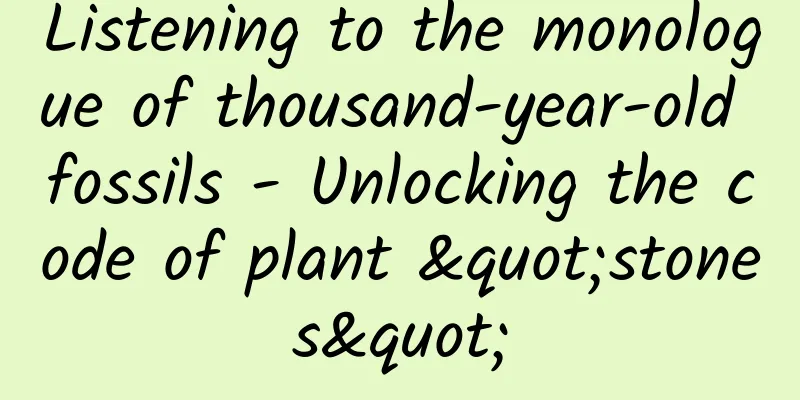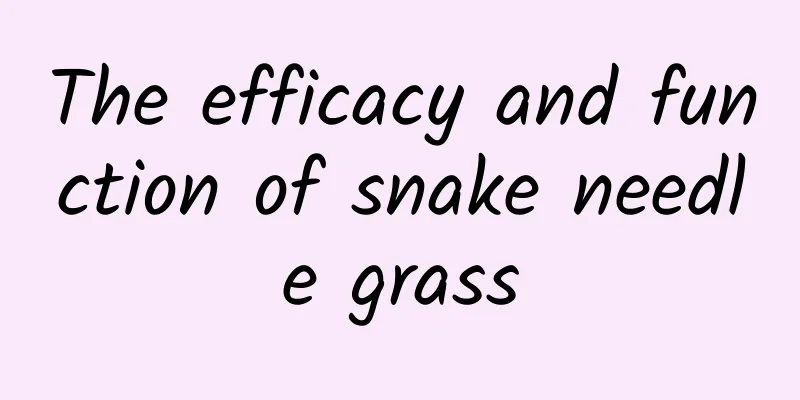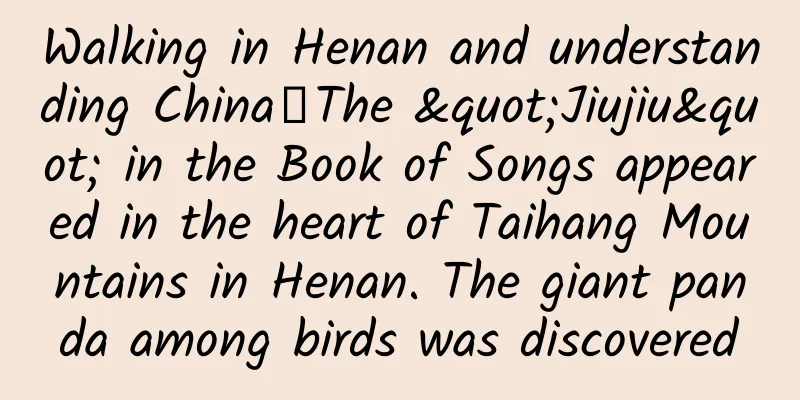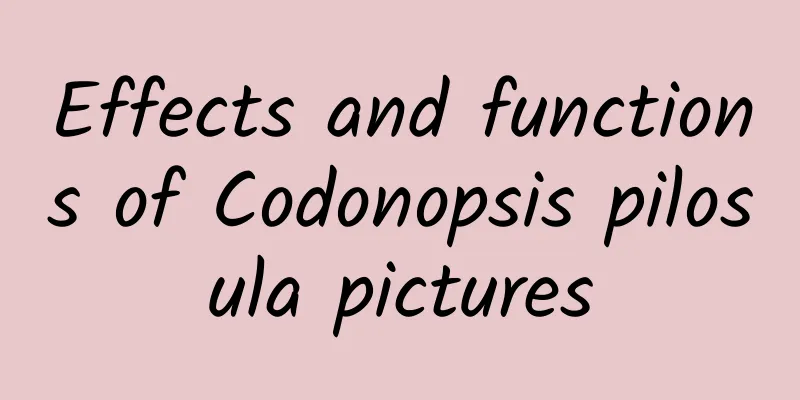The efficacy and function of Liriodendron chinense
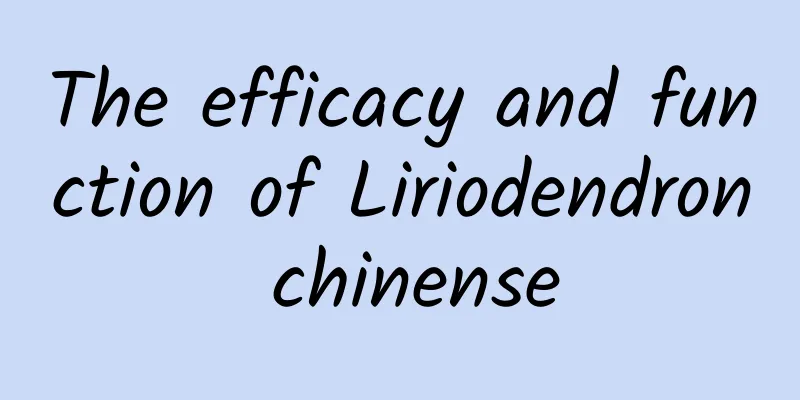
|
Liriodendron chinense is a kind of Chinese herbal medicine. We can use Liriodendron chinense to treat many diseases, and it also has good health-preserving effects, so we can use the different medicinal effects of Liriodendron chinense to solve some small problems that bother us in life. 【Alias】 Magua wood, Shuangpiao tree 【Nature and flavor】 Pungent, warm. 【Function and indications】 Dispel wind and dampness, and relieve cough. Used for rheumatic joint pain and cold cough. 【extract】 National Compendium of Chinese Herbal Medicine Above we introduced what Liriodendron chinense is. We know that Liriodendron chinense is a common Chinese herbal medicine with good health-preserving and healthcare effects. It has many benefits to the human body and can relieve many symptoms. How about it, do you understand? |
<<: The effects and functions of Liriodendron chinense root
>>: The efficacy and function of sea cockroaches
Recommend
Taking stock of the changes in China's Olympic award uniforms, the "Tenglong" from more than 20 years ago was so avant-garde!
Audit expert: Liu Li, Dean of the Fashion Technol...
Can rat oil cure burns? A boy was admitted to the ICU because of it! Don’t use these folk remedies anymore...
Recently, the topic #Grandma used rat oil to trea...
Digging the root | Are microplastics really as scary as "getting into your brain and chewing your marrow"? The truth may be far from what you think
gossip "Be careful! Your body may be infiltr...
The efficacy and function of borax
As we all know, borax is a very common medicinal ...
The efficacy and function of Perilla frutescens
The development of Western medicine has brought s...
Inspired by Zhang Yitang, a 17-year-old boy solves the world's number theory problems
While studying the paper on the twin prime proble...
What are the ways to drink Schisandra chinensis soaked in water?
Schisandra chinensis is a health-preserving food ...
How well can materials perform when they are “freed” from gravity and are evenly heated and solidified?
Produced by: Science Popularization China Author:...
The efficacy and function of cardamom
Traditional Chinese medicine is very helpful in t...
The efficacy and function of chestnut flowers
Chestnut blossom is a very common Chinese medicin...
On World Pangolin Day, can we wait for good news about pangolins?
Today - the third Saturday in February - is World...
The efficacy and function of Imperata cylindrica
In fact, the occurrence of many human diseases is...
The efficacy and function of Astragalus tea
Astragalus is a traditional Chinese medicine that...
What are the medicinal values of dog treasure
Speaking of Goubao, many friends may be a little ...
Today, pay tribute to "Sugar Pill Grandpa"
Many people should have a memory like this: When ...
